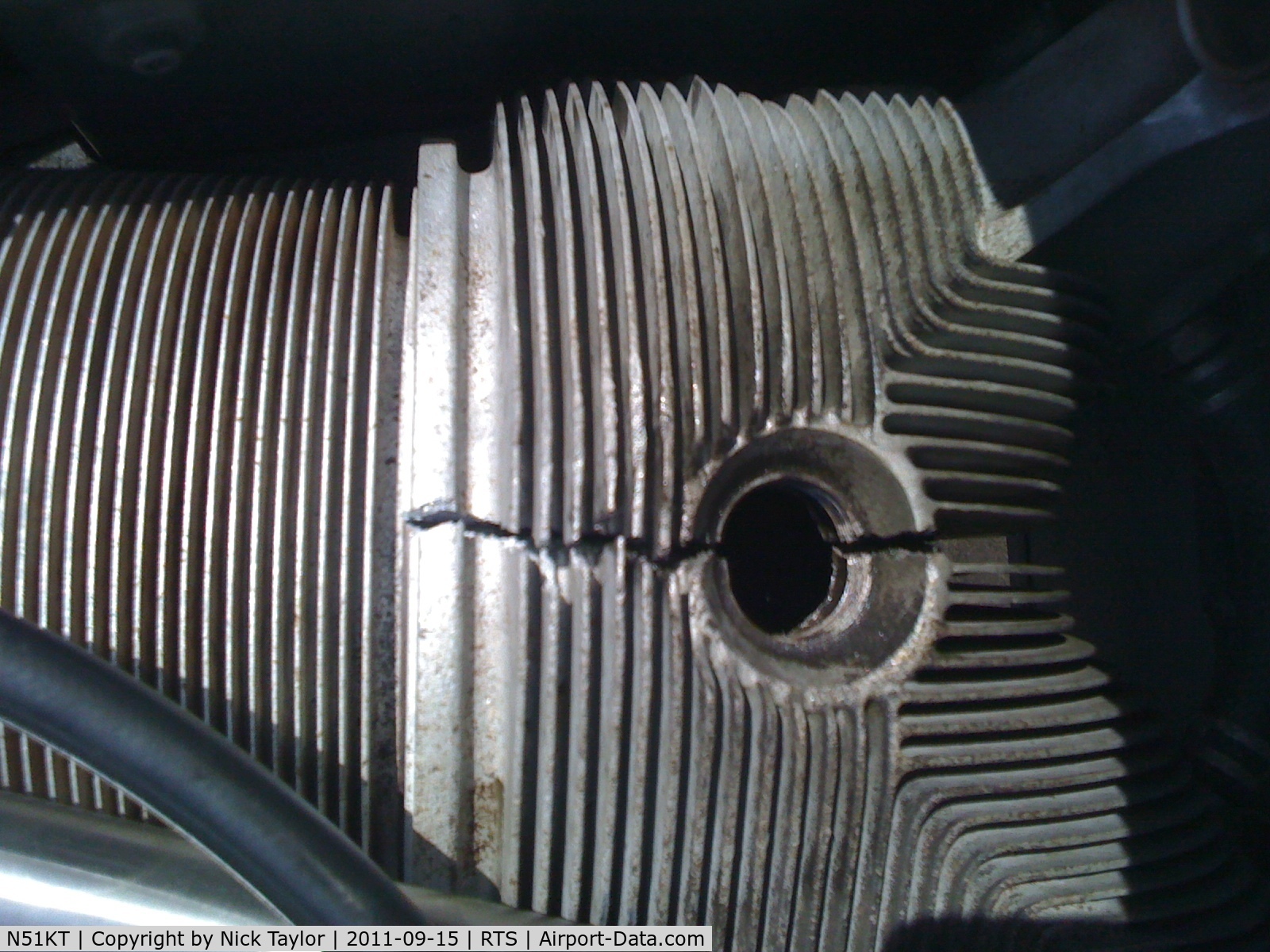My coolant goes around the carbs, so not icing for me.

Ditto here...carb on my VTX comes up to temp fast so it tends to stabilize very quickly, even in subzero.
where did you come up with "shutters"?? then providing a link to "cowl flaps"
Dude, same thing. Shutters is a misnomer but my mind was wandering towards the truck side of things. Not sure how long you've been driving, but if you were operating any class 8 stuff back in the 80's you'd be familiar with the shutters in front of the rad - sometimes automatic, sometimes manual controlled by a switch in the cab...fairly common in late 70's and early 80's tractors.
Yes, in a plane the "technical" term is cowl flaps.
There's lots of info out there for and against the phenomenon of shock cooling, but you'll often notice that many of those who say it's "not a thing" are in warm climes. Sure, if you're flying in the south (even in the "winter" when it's still 20+c out) and you chop the throttle from WOT to idle at 5000 feet, even assuming the standard lapse rate of 1.98c per 1000 feet (so it would still be 10c at 5000') it's not going to hurt things. Try doing that on a cold winters day here in the north when it's -20 out on the ground and -30c at 5000 feet (or -40c at 10,000, etc etc etc) and the risk of engine failure exists, but more often....stress fractures. Those fractures may sleep without issue for a long time one of two things happens:
- Best case scenario...they are caught during the aircrafts annual or engine major inspection and it costs you a small fortune to replace a jug or 2.
- Worst case scenario...one day when you least expect it that tiny little stress fracture from that one cold February day when the engine was shock cooled rears it's ugly head, a cylinder does like the picture below, and you're dealing with an engine failure. Most common time it happens is often during the most critical phase of flight as well - takeoff. And bad things ensue.
Anyhow, for anyone who values their engine, their wallet, or their life, doing whatever you can in aviation to ensure the health of your powerplant (especially on a single engine plane) is a wise move..and that includes prudent use of cowl flaps when recommended.
I don't know about 2-strokes on bikes but on my airplane it was important to warm it up before taking off as takeoff was always done with wide open full throttle. Note that even sitting there at a fast idle there was some load on the engine from the propeller. You had to make sure the Cylinder heads were up to a certain temperature as when they were it would mean that all the internal parts had expanded equally.
Exactly. Cylinder head temps or oil temp was a standard checklist item for all the rental planes I ever flew and it was absolutely forbidden to exceed 1000RPM until the oil temperature gauges moved at least into the bottom of the "normal" range. I burned many hundreds of dollars sitting on the apron on cold winter days waiting for those gauges to move, but it beat engine failure anyday - all pilots understand and appreciate the reasons behind it.
I have an Ultralight airplane (don't fly nowadays.) Mine has a Rotax 503 which is a twin cylinder, air cooled 50hp engine (Glorified snowmobile engine with dual ignition.) Cold shock wasn't an issue with it but some of my Friends with Rotax 582's (Twin cylinder Liquid cooled if I am not mistaken) have experienced it.
..Tom
It is real.
Anyhow, I know this is perhaps not interesting for the MC crowd here, but taking care of your engine is important, that's the ultimate point here - that 20 or 30 seconds you let an engine warm up from a very cold start is the difference between all the moving parts having adequate oil flow, or not. Operating it gently for the first 5 minutes or so is the difference between it warming up evenly and minimizing wear and tear, or not.



